10 Amazing Plants That Grow in Water Only: A Complete Guide to Indoor Gardening
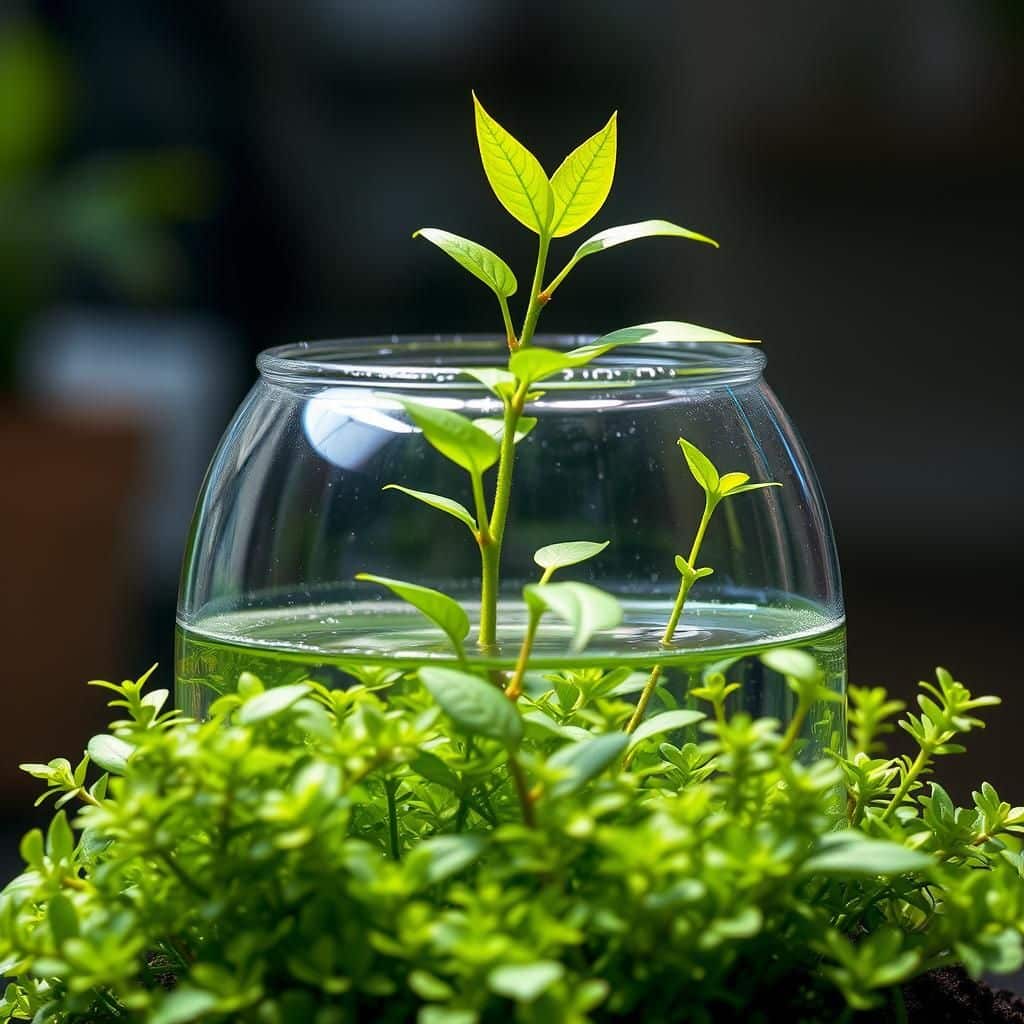
In recent years, indoor gardening has gained immense popularity, with many evolving their living spaces into lush, green havens. One of the most fascinating aspects of this trend is the ability to cultivate plants that thrive solely in water. This complete guide delves into ten amazing plants that not only beautify your home but also require minimal maintenance. From the resilient pothos to the elegant lucky bamboo, these water-loving plants are perfect for beginners and seasoned gardeners alike. Discover how to care for them and enjoy the endless benefits they bring to your indoor environment.
Water-Only Plants: Nature's Aquatic Wonders
Many plants have adapted to grow exclusively in water, showcasing their ability to thrive in hydrophytic environments. These aquatic plants, such as water lilies and pothos, have unique adaptations that allow them to extract nutrients directly from the water while also utilizing sunlight for photosynthesis. They play a critical role in maintaining the health of aquatic ecosystems by providing oxygen, shelter, and food for various aquatic organisms. Understanding these plants and their requirements can enhance our ability to cultivate them in home aquariums, ponds, or water gardens, creating beautiful and sustainable living landscapes.
Characteristics of Water-Only Plants
Water-only plants typically possess specialized features that facilitate their growth in aquatic environments. Most of them have flexible stems that allow them to sway with water currents, preventing damage and ensuring they remain submerged. Additionally, these plants often have large, broad leaves that float on the water's surface, maximizing sunlight exposure for photosynthesis. Their roots are sometimes exposed to water, allowing for direct absorption of nutrients without needing soil. These characteristics make them perfectly adapted to survive in conditions where traditional terrestrial plants cannot thrive.
Popular Aquatic Plants for Home Use
Some of the most popular aquatic plants for home use include bamboo, water hyacinth, and peace lily. These species are not only beautiful but also contribute to water purification and oxygenation in home aquatic systems. Bamboo can add a touch of elegance and height to water features, while water hyacinth is known for its vibrant flowers and ability to absorb excess nutrients, reducing algae growth. The peace lily is particularly favored for its ability to thrive in low light conditions and enhance indoor air quality when grown in water.
Benefits of Growing Plants in Water
Growing plants in water provides numerous benefits, such as improved water quality and minimal maintenance. As these plants naturally filter impurities from the water, they help create a clean, healthy environment for fish and other aquatic life. Moreover, water-grown plants require less frequent watering than their soil-grown counterparts, making them easier to care for. The aesthetic appeal of lush foliage and vibrant blooms also enhances the visual landscape, providing a tranquil and refreshing atmosphere in both indoor and outdoor settings.
Caring for Hydroponic Plants
To successfully care for hydroponic plants, it is essential to monitor water quality and nutrient levels regularly. Using a balanced liquid fertilizer formulated for aquatic plants can ensure they receive vital nutrients that may be absent in plain water. Additionally, maintaining proper light conditions is important; most plants thrive in bright, indirect light. Regularly changing the water and ensuring it is free from contaminants will also promote healthy growth. Pest management should not be overlooked; checking for any signs of pests will help keep the garden thriving.
Common Issues with Water-Only Plants
Despite their resilience, water-only plants can face challenges such as algal blooms or nutrient deficiencies. Algal blooms can suffocate aquatic plants and disrupt the ecosystem balance, often due to excessive nutrients in the water. Additionally, some plants may show signs of yellowing leaves, indicating a need for nutrients that are not adequately available in the water. Proper management and environmental control are key to preventing these issues, ensuring that the growth of these plants remains robust and sustainable.
| Plant Name | Light Requirement | Water Temperature | Nutrient Needs |
|---|---|---|---|
| Water Lily | Full Sun | 65-75°F | Moderate |
| Pothos | Low to Bright Indirect | 60-85°F | Low |
| Peace Lily | Low to Medium Indirect | 65-80°F | Moderate |
| Water Hyacinth | Full Sun | 70-90°F | High |
| Duckweed | Full Sun | 70-95°F | Low |
Can you grow plants in water permanently?
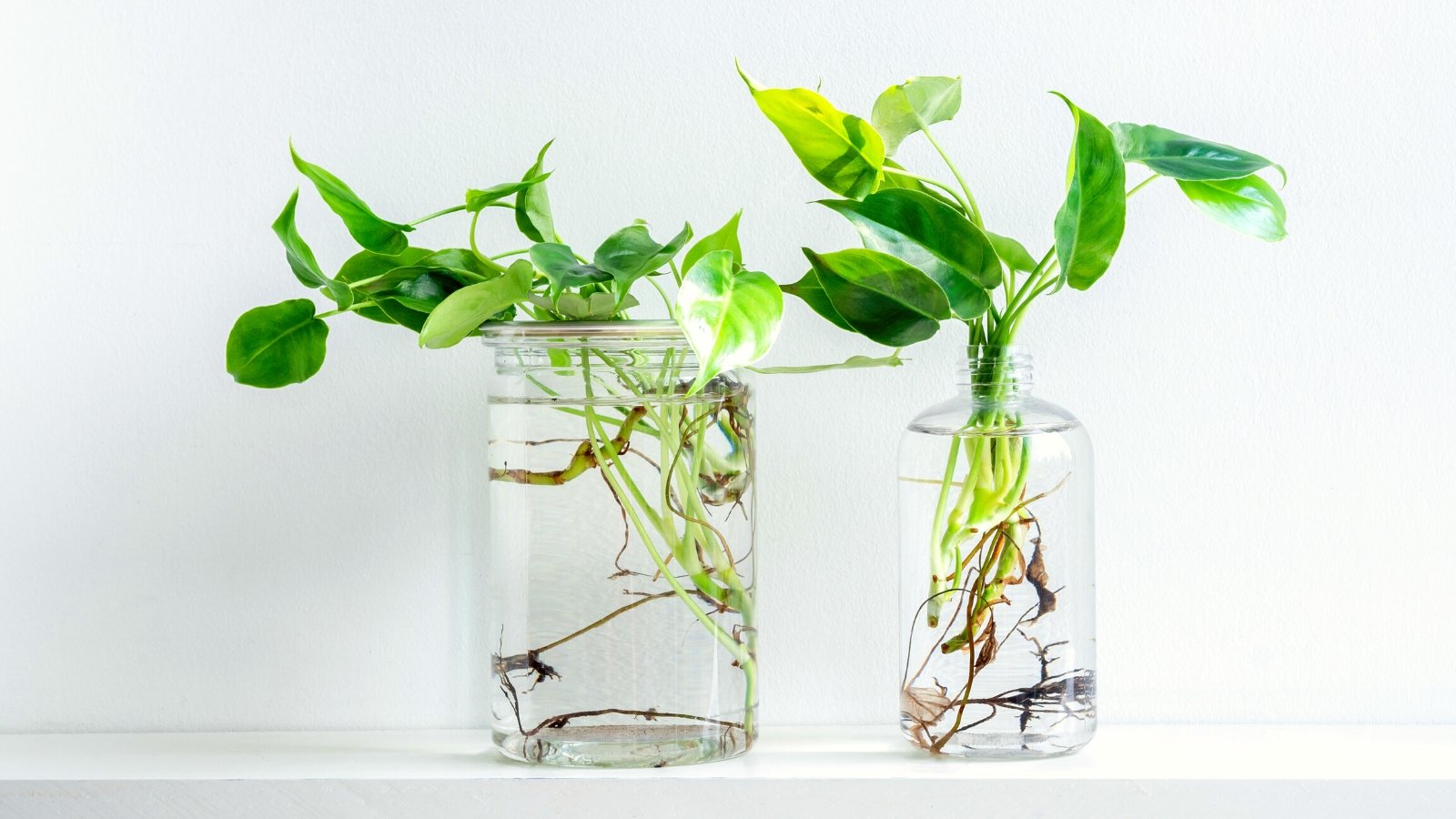
Yes, you can grow plants in water permanently using a method known as hydroponics. This technique allows plants to grow without soil by providing them with essential nutrients dissolved in water. Hydroponics is becoming increasingly popular due to its efficiency and potential for higher yield in a controlled environment. However, not all plants are suitable for permanent water growth, and specific care must be taken to ensure their health and growth.
Understanding Hydroponics
Hydroponics is an agricultural technique that utilizes nutrient-rich water instead of soil to grow plants. This method offers several advantages:
See also: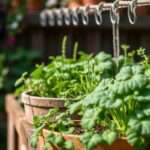
- Faster Growth: Plants often grow more quickly in water because they have direct access to nutrients.
- Less Space Needed: Hydroponics systems can be set up vertically or in small spaces, making it ideal for urban gardening.
- Reduced Pest Issues: The absence of soil decreases the likelihood of soil-borne pests and diseases.
Choosing the Right Plants
Not all plants are well-suited for growing in water. The following are commonly grown in hydroponic systems:
- Herbs: Basil, mint, and parsley thrive in water due to their relatively low nutrient requirements.
- Leafy Greens: Lettuce, spinach, and kale can grow rapidly in hydroponic systems.
- Fruit-bearing Plants: Tomatoes and peppers can also be successful in hydroponics with the right setup and care.
Maintaining Nutrient Balance
In hydroponic systems, maintaining the nutrient balance in the water is crucial for plant health. Essential nutrients such as nitrogen, phosphorus, potassium, calcium, and magnesium must be delivered adequately. Key points include:
- Regular Monitoring: Test the pH and nutrient levels frequently to ensure optimal conditions.
- Water Changes: Change the water regularly to prevent nutrient depletion and buildup of harmful substances.
- Supplementation: Use quality hydroponic nutrient solutions to provide balanced nourishment.
Water Quality Considerations
The quality of the water used in hydroponics is vital. Factors affecting water quality include:
- pH Levels: Water pH should be maintained between 5.5 and 6.5 for optimal nutrient absorption.
- Chlorine Content: Use dechlorinated water, as chlorine can be harmful to plant growth.
- Contaminants: Ensure the water is free from contaminants that could harm plants or microorganisms essential to the system.
Advantages and Challenges of Growing Plants in Water
Growing plants in water comes with both advantages and challenges. Understanding these can help growers make informed decisions:
- Advantage: Efficient water usage, as hydroponic systems typically use less water than traditional soil gardening.
- Challenge: Initial setup costs can be higher than traditional gardening methods.
- Advantage: Control over growth conditions can lead to higher yields and more predictable results.
What plants can live fully submerged in water?
Many plants have evolved adaptations that allow them to thrive while fully submerged in water. These plants are commonly found in aquatic ecosystems and play vital roles in their respective habitats. Below are some examples of plants that can live fully submerged in water, along with related subtopics.
Submerged Aquatic Plants
Submerged aquatic plants are those that grow completely underwater. They are essential for maintaining the health of aquatic ecosystems as they provide oxygen, food, and habitat for various aquatic organisms. Some examples include:
- Eelgrass (Zostera marina) - A flowering plant found in shallow coastal waters that supports marine life.
- Waterweed (Elodea canadensis) - A fast-growing plant that helps oxygenate water bodies and provides shelter for fish.
- Hornwort (Ceratophyllum demersum) - A floating-leaved plant that grows abundantly in freshwater systems.
Adaptations of Submerged Plants
Plants that live submerged have developed several adaptations to survive in an underwater environment. These adaptations include:
- Flexible Stems - Many submerged plants possess flexible stems that can bend with water currents, preventing damage.
- Specialized Leaves - The leaves are often finely divided to increase surface area for gas exchange, allowing them to absorb carbon dioxide directly from the water.
- Root Systems - Some may have reduced root systems, as they do not require anchoring in soil but rely on nutrient uptake from the water.
Importance of Submerged Plants in Aquatic Ecosystems
Submerged plants play a crucial role in the health of aquatic ecosystems. Their importance can be summarized as follows:
- Oxygen Production - Through photosynthesis, submerged plants release oxygen, which is vital for aquatic life.
- Habitat Creation - They provide shelter and breeding grounds for various fish and invertebrates.
- Nutrient Cycling - Submerged plants help in nutrient uptake, which maintains water quality and clarity.
Common Species of Fully Submerged Aquatic Plants
Various species can thrive entirely submerged, and some of the most common include:
See also: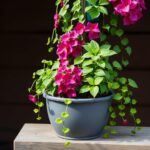
- Cabomba - A genus of aquatic plants that often forms dense underwater beds, providing habitat and food.
- Myriophyllum - Known as water milfoil, these plants have feathery leaves and are common in freshwater lakes.
- Chara - Also known as stonewort, is a green algae that grows in freshwater and resembles higher plants.
Challenges Facing Submerged Plants
While submerged plants are vital to aquatic ecosystems, they face various challenges that threaten their survival:
- Pollution - Nutrient runoff and toxic substances can harm submerged plant populations and disrupt ecosystems.
- Invasive Species - Non-native plants can outcompete native submerged plants, leading to declines in local biodiversity.
- Climate Change - Changes in temperature and water levels can alter habitats and affect the growth of submerged plants.
What is it called when you grow plants in only water?
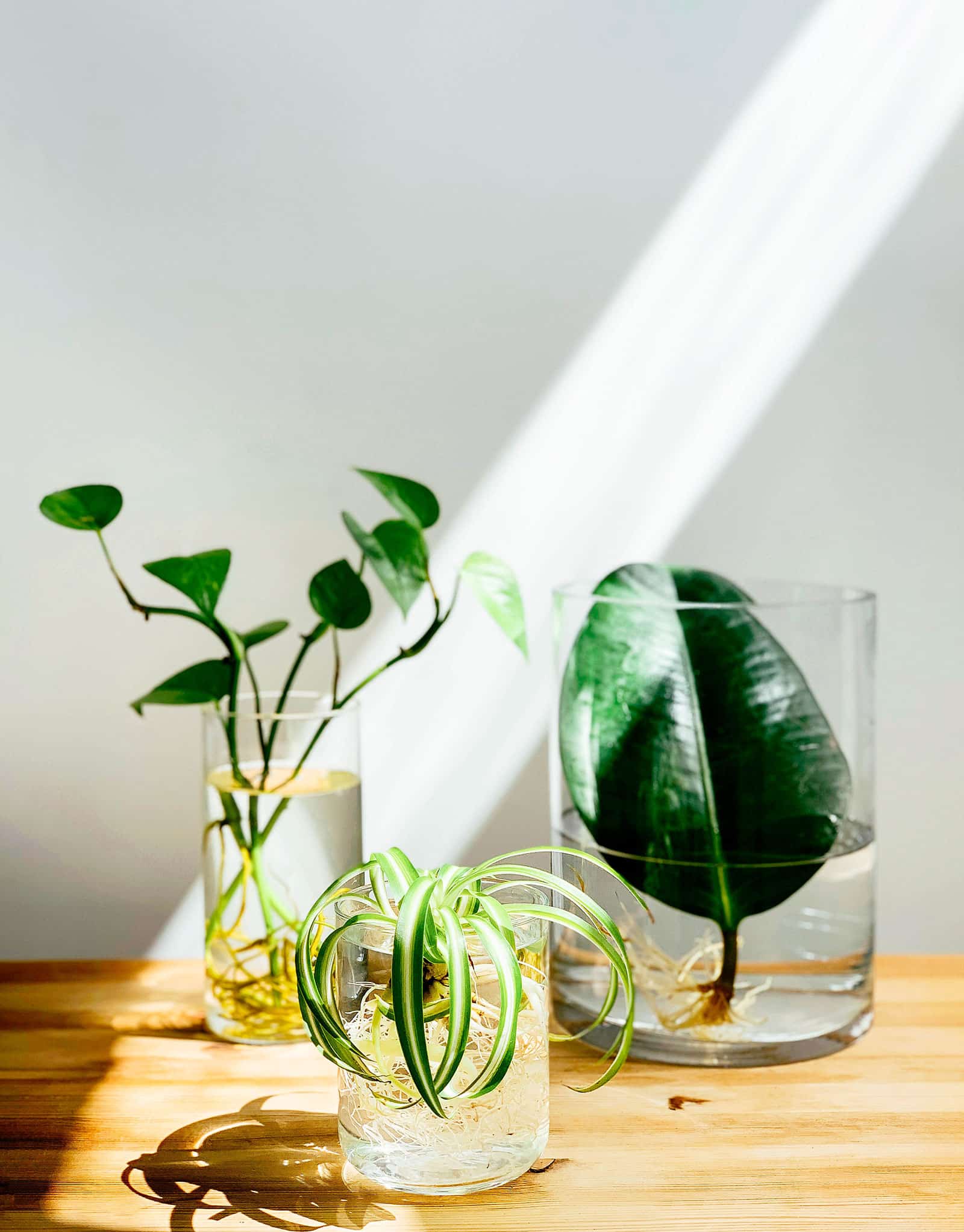
When you grow plants in only water, it is called hydroponics. Hydroponics is a method of cultivating plants without soil, where nutrients are delivered to the plant roots through a nutrient-rich water solution. This technique promotes faster growth, higher yields, and efficient use of water compared to traditional soil-based farming.
Benefits of Hydroponics
Hydroponics offers several advantages over conventional soil farming:
- Faster Growth: Plants grown in hydroponic systems often grow more quickly due to the optimal availability of nutrients and water.
- Greater Yields: With precise control over nutrient delivery and environmental conditions, hydroponics can lead to higher crop yields.
- Water Efficiency: Hydroponics uses significantly less water compared to traditional farming methods, as it recirculates water in a closed system.
Types of Hydroponic Systems
There are various types of hydroponic systems, each with its benefits and applications:
- Nutrient Film Technique (NFT): In this system, a thin film of nutrient solution flows over the roots of plants.
- Deep Water Culture (DWC): Plants are suspended in a nutrient solution with their roots submerged in water, facilitated by air stones for oxygenation.
- Drip Systems: This method involves dripping nutrient solution onto the base of each plant, allowing for controlled feeding.
Nutrient Solutions in Hydroponics
The success of hydroponics heavily relies on the use of nutrient solutions:
- NPK Fertilizers: Essential nutrients include nitrogen (N), phosphorus (P), and potassium (K) which promote healthy plant growth.
- Micronutrients: Elements like iron, manganese, and zinc are also crucial for the physiological functions of plants.
- pH Management: Maintaining the right pH level (usually between 5.5 and 6.5) is vital for nutrient absorption and plant health.
Challenges of Hydroponics
Despite its advantages, hydroponics comes with its own set of challenges:
- Initial Costs: Setting up a hydroponic system can require a significant initial investment in equipment and technology.
- Technical Knowledge: Successful hydroponic gardening requires a good understanding of plant biology, chemistry, and system management.
- Pest Management: While soil-borne pests are minimized, hydroponic systems can still face issues with pests and diseases.
Applications of Hydroponics
Hydroponics is used in various sectors, showcasing its versatility:
- Agricultural Production: Many commercial farms utilize hydroponics to grow vegetables and herbs in controlled environments.
- Urban Farming: Hydroponics is increasingly popular in urban settings, allowing for local food production in limited space.
- Research and Education: Hydroponics serves as a valuable tool for educational institutions to teach students about plant science and sustainable agriculture.
Questions from Our Readers
What are some examples of plants that grow in water only?
There are many aquatic plants that thrive in water, such as water lilies, lotus, and duckweed. These plants have adapted to life in aquatic environments, with specialized structures that allow them to absorb nutrients and photosynthesize efficiently while submerged.
How do plants that grow in water obtain nutrients?
Plants that grow in water absorb nutrients directly from the water through their root systems. Unlike terrestrial plants, these aquatic varieties often have a reduced root system, using their leaves and stems to take in the necessary elements dissolved in the water for growth and reproduction.
See also: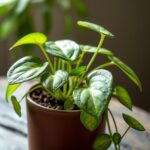
Can aquatic plants be grown indoors?
Yes, many aquatic plants can be successfully grown indoors, as long as there is access to adequate lighting and clean water. Common examples include pothos, peace lily, and spider plants, which not only thrive in water but can also enhance the aesthetic appeal of indoor spaces.
Do plants that grow in water only need soil?
No, plants that grow in water do not require soil for growth. They derive all necessary nutrients directly from the water. These plants utilize their roots to anchor themselves in the water while obtaining oxygen and nutrients, making them ideal for hydroponic or aquaponic systems.

If you want to read more articles like 10 Amazing Plants That Grow in Water Only: A Complete Guide to Indoor Gardening, we recommend you check out our Planter category.
Leave a Reply
Related Articles